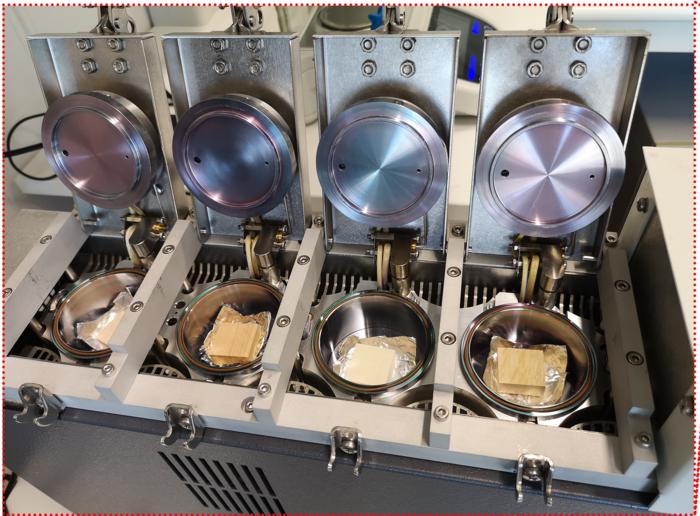Viruses, including the one that causes COVID-19, can spread from person to person through contaminated surfaces. But some surfaces may be able to reduce the risk of this type of transmission without using household disinfectants. A new study published in ACS Applied Materials & Interfaces shows that wood has natural antiviral properties that can reduce the time viruses stay infectious on its surface. The study also found that some types of wood are better at reducing infectivity than others.
Enveloped viruses, like the coronavirus, can live on surfaces for up to five days. Nonenveloped viruses, which include enteroviruses that cause the common cold, can live for weeks, even if the surfaces are disinfected. Earlier studies have shown that wood has antibacterial and antifungal properties, which makes it a good material for cutting boards. But wood’s ability to inactivate viruses has not been studied until now.
Pine and Spruce Show Fastest Antiviral Activity
Varpu Marjomäki and her team looked at how long enveloped and nonenveloped viruses stayed infectious on the surface of six types of wood: Scots pine, silver birch, gray alder, eucalyptus, pedunculate oak, and Norway spruce. They flushed a wood sample’s surface with a liquid solution at different times and then put that solution in a petri dish with cultured cells. After incubating the cells with the solution, they counted the number of cells infected with the virus.
The results showed that pine, spruce, birch, and alder needed one hour to completely reduce an enveloped coronavirus’ ability to infect cells. Eucalyptus and oak needed two hours. Pine had the fastest onset of antiviral activity, starting after five minutes. Spruce came in second, with a sharp drop in infectivity after 10 minutes.
Oak and Spruce Effective Against Nonenveloped Virus
For a nonenveloped enterovirus, the researchers found that oak and spruce surfaces caused a loss of infectivity within about an hour. Oak had an onset time of 7.5 minutes, and spruce after 60 minutes. Pine, birch, and eucalyptus reduced the virus’ infectivity after four hours, while alder showed no antiviral effect.
Based on their study data, the researchers concluded that the chemical composition of a wood’s surface is mainly responsible for its antiviral functionality. While more research is needed to determine the exact chemical mechanisms responsible for inactivating viruses, the findings suggest that wood is a promising candidate for sustainable, natural antiviral materials.
“The authors acknowledge funding from the Research Council of Finland and the Jane and Aatos Erkko Foundation.”
Headline: Study Reveals Some Wood Surfaces Can Naturally Reduce Virus Infectivity, Offering Potential for Sustainable Antiviral Materials


